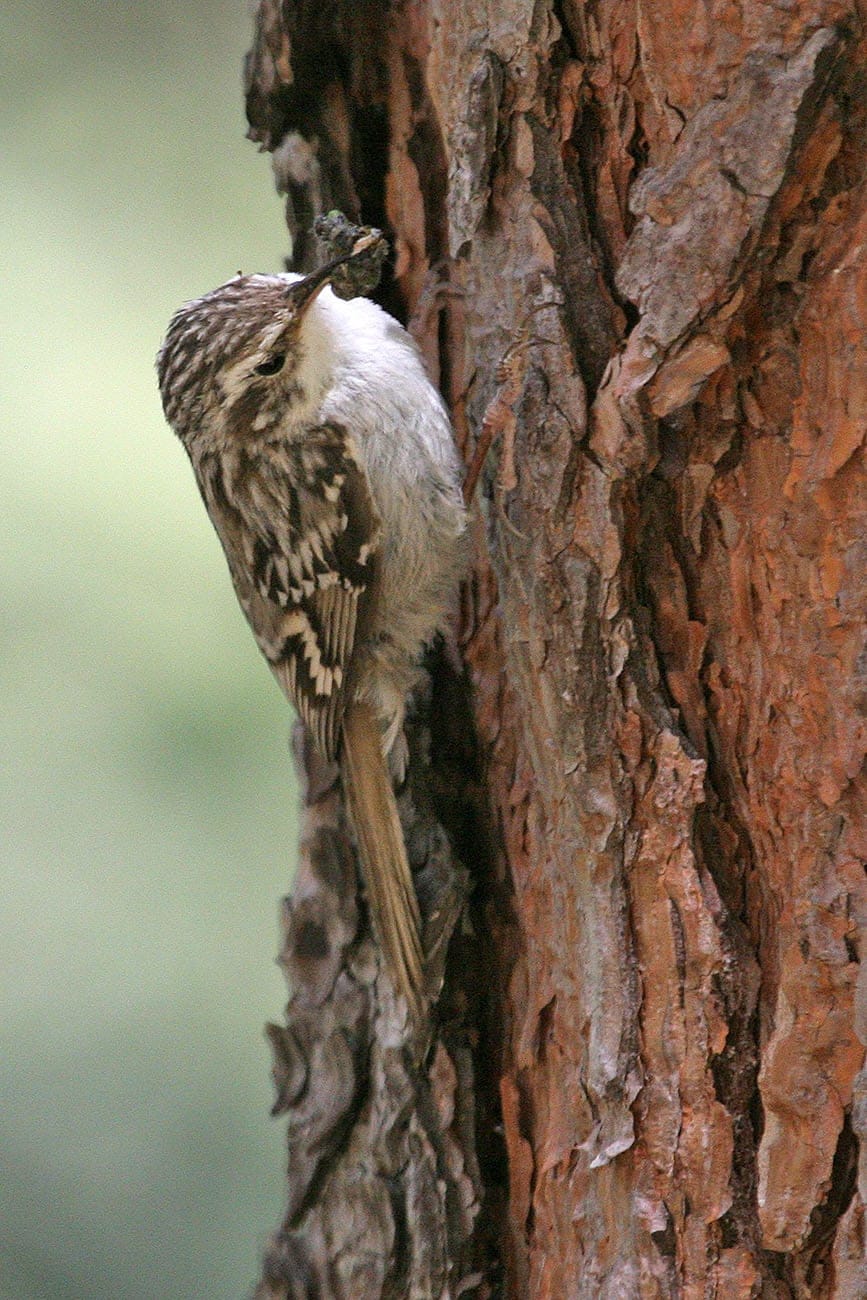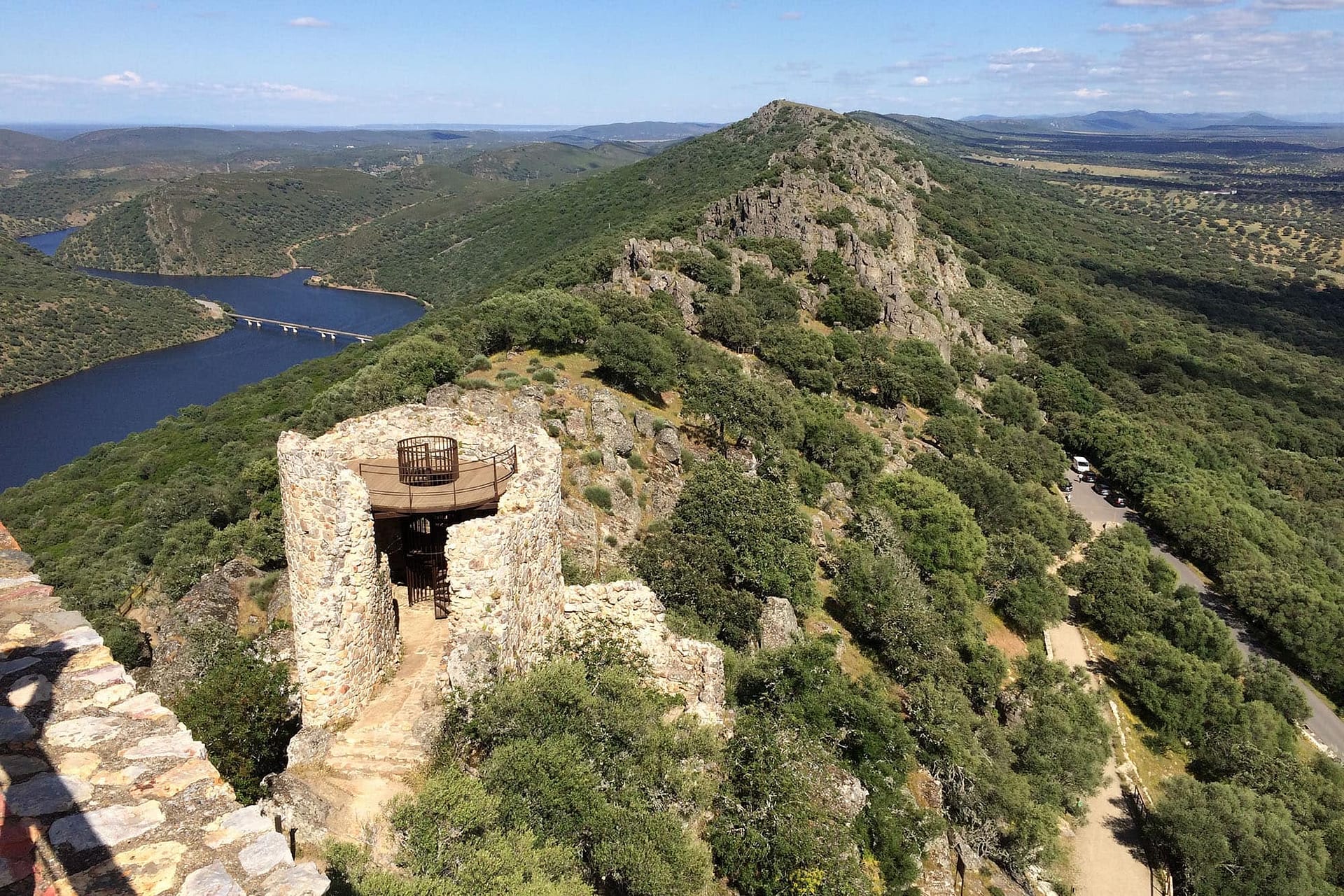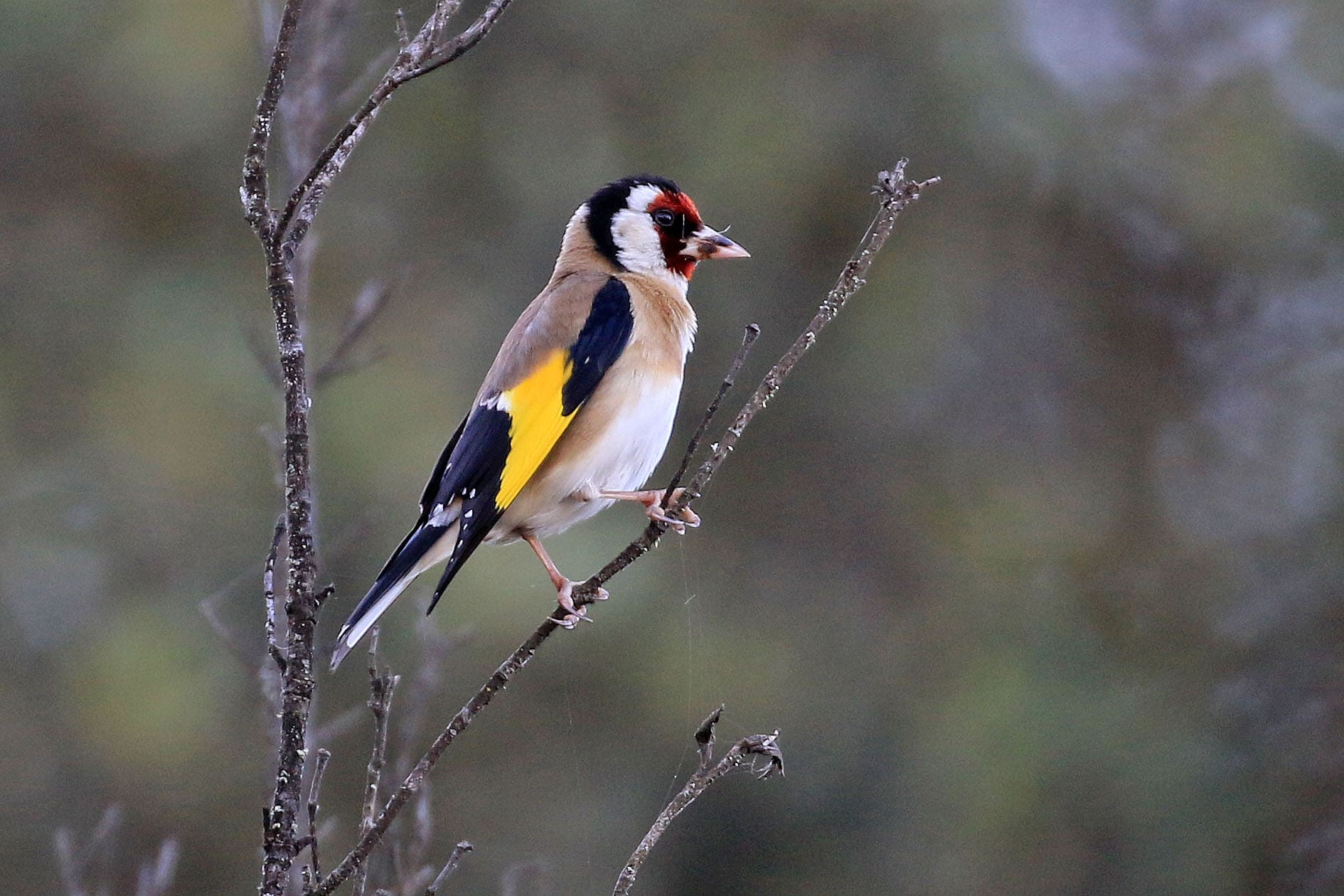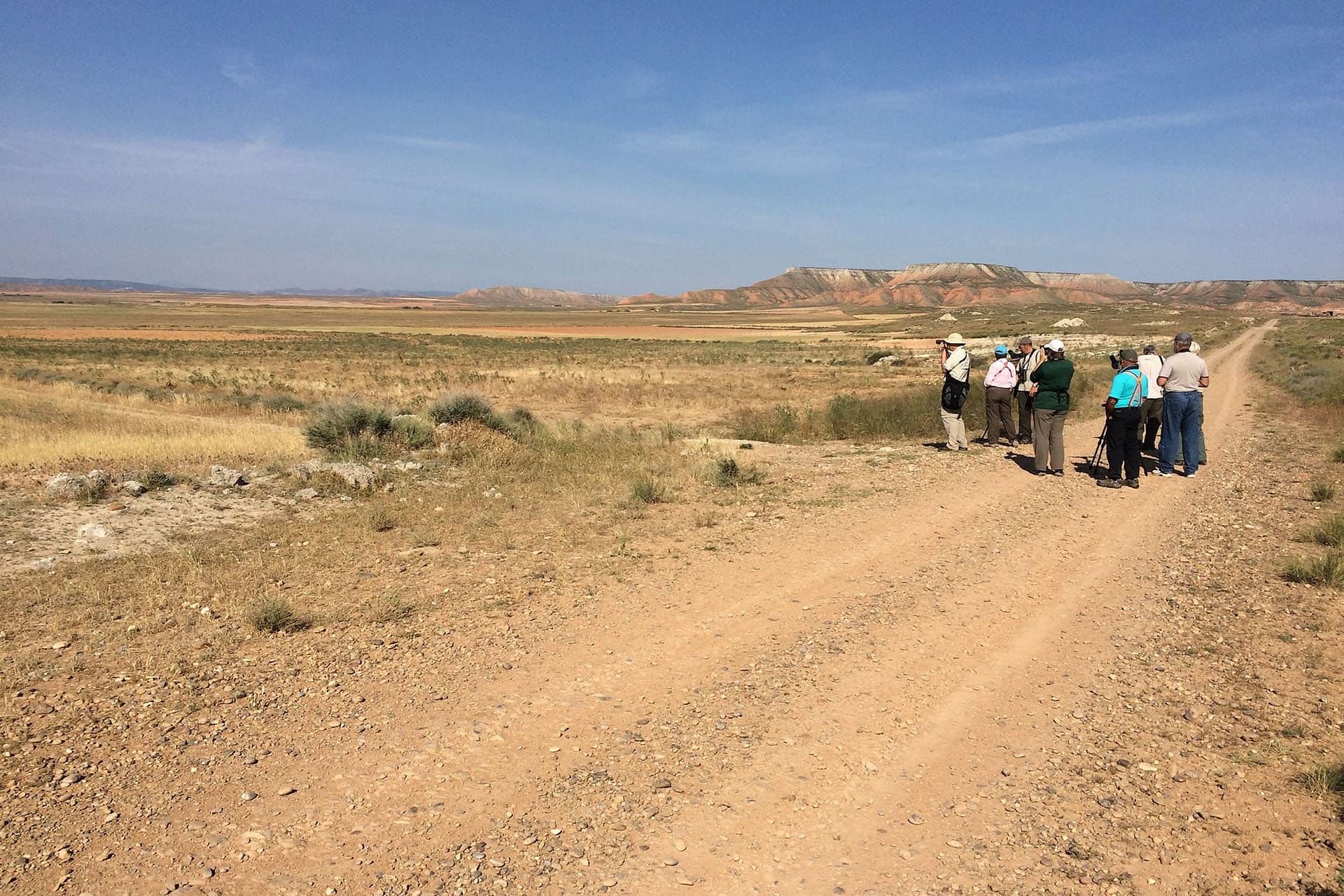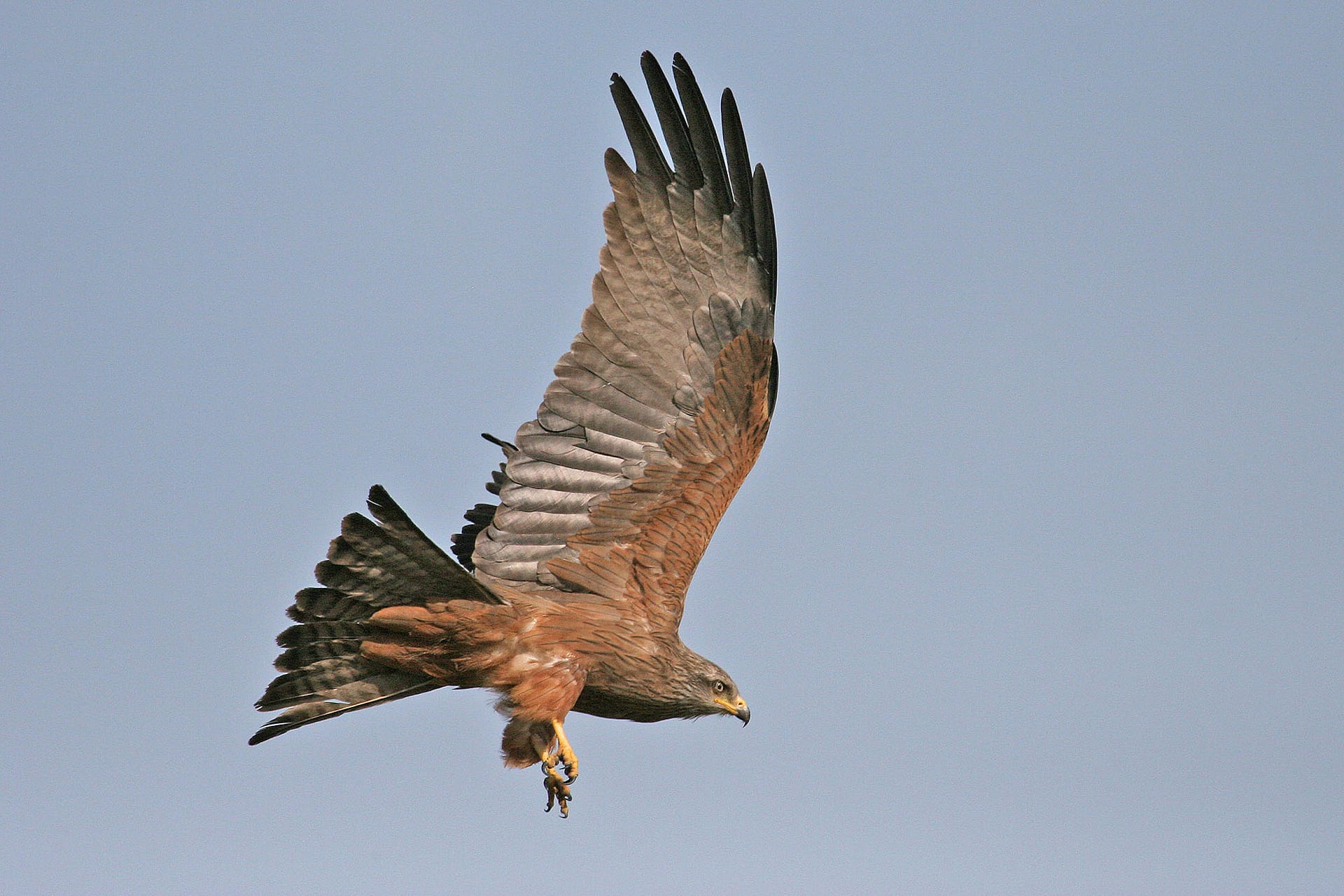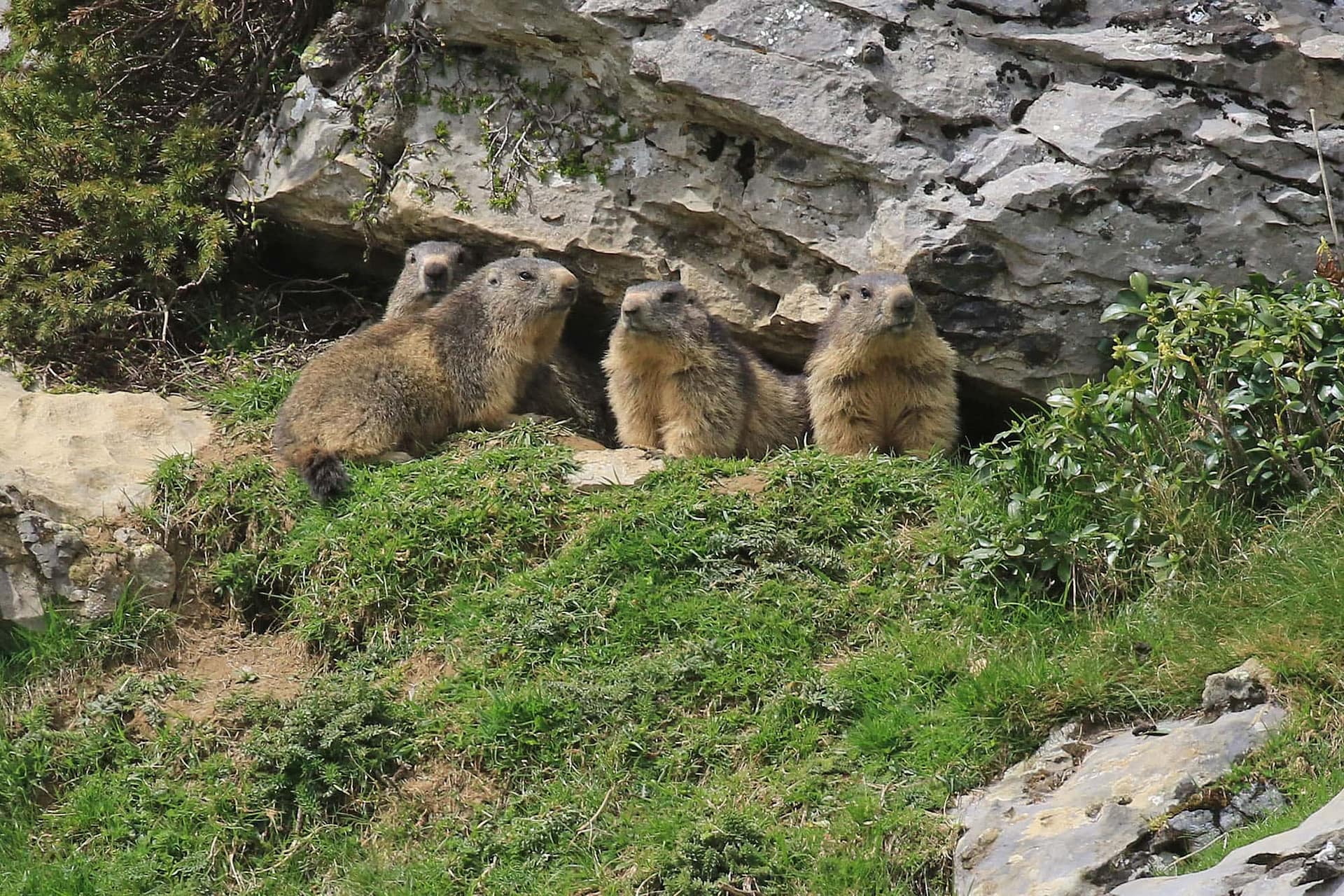SPAIN 2025-05: Doñana, Extremadura & Pyrenees

TOUR FOCUS
BIRDS & WILDLIFE
SCHEDULED TOURS
TRIP LEADERS
TOUR COST
From: $6,800 (See details)
Cost is per person, double occupancy from Seville, Spain (SVQ)
GROUP SIZE
4-9 Participants
AVAILABILITY
2025 – taking registrations
PRIVATE TOUR OPTION
This tour is available as a private trip for any size group. The tour cost will vary with the number of people and any custom requests.
TESTIMONIALS
Highlights of SPAIN 2025-05: Doñana, Extremadura & Pyrenees
Description of SPAIN 2025-05: Doñana, Extremadura & Pyrenees
Amazing birds and picturesque landscapes make Spain one of Europe’s premier birding destinations. We’ll visit the three main regions – Doñana, Extremadura and the Pyrenees – exploring diverse habitats to encounter an exciting array of waterfowl, waders, bustards, eagles, owls, alpine species, and more.
We begin in southern Spain at Doñana, exploring Europe’s critically-important coastal wetlands. In nationally-protected lagoons and marshes we’ll look for Red-knobbed Coot, endangered Marbled Teal and White-headed Duck amongst a variety of waders, shorebirds and flamingo flocks. We’ll also find endemic Iberian Azure-winged Magpies amongst oak woodlands.
In central Spain, we’ll explore the expansive Extremadura region, which encompasses the most valuable steppe habitat remaining in Europe. These rolling grassland plains are home to more than 75% of the world’s population of Little Bustards, and is the last remaining stronghold of the Great Bustard. Stone curlews, Little Owl and Black-eared Wheatear are found here, along with White Storks and Lesser Kestrels – both common sights in quaint surrounding villages. We’ll enjoy rollers, bee-eaters, hoopoes, and Golden Orioles. Raptors command attention at Monfrague National Park, where 200 pairs of Eurasian Black Vultures, 600 pairs of Griffon Vultures, a handful of Egyptian Vultures, and Eagle Owl nest on rocky cliffs. The endangered endemic Spanish Imperial Eagle hunts over the dehesas.
In the northeast, breathtaking un-spoilt Pyrenees mountains straddle the border with France, highlighting expansive scenery and a variety of specialty species. The montane habitat of alpine meadows, fast rivers, dense forest, and high gorges host Black Woodpecker, White-backed Woodpecker, Ring Ouzel, Citril Finch, Red-billed and Yellow-billed Choughs, Alpine Accentor, White-winged Snow-Finch, and Water Pipit. We’ll look for elusive Wallcreeper along rocky cliff faces, and admire Lammergeiers soaring overhead.
We’ll finish up in the steppes of the Ebro river, targeting Black and Pintail Sandgrouse, as well as Calandra Lark and the elusive Dupont’s Lark.
We should see about 200 bird species during our tour of Spain, along with some lovely butterflies and other fauna. We’ll also enjoy delicious food and drink every day!
Focus: Birds, Butterflies, Reptiles, Mammals, Scenery, Photography
Length of Tour
14-days/13-nights
Brief Itinerary
Day 1 – Arrival in Seville
Day 2 – Parque Nacional de Doñana
Day 3 – Parque Nacional de Doñana
Day 4 – Doñana – Marismas del Odiel and Atlantic wetlands
Day 5 – Alange and Extremadura
Day 6 – Extremadura – Parque Nacional de Monfragüe
Day 7 – Extremadura – Llanos de Cáceres
Day 8 – Extremadura – Guadarrama Mountains
Day 9 – Guadarrama Mountains – Pyrenees – Huesca – Valle de Hecho
Day 10 – Pyrenees – Gabardito – Selva de Oza – Guarrinza
Day 11 – Pyrenees – Zuriza – Larra-Belagua
Day 12 – Pyrenees – Belchite Steppes
Day 13 – Belchite steppes – Madrid
Day 14 – Depart from Madrid
Detailed Itinerary
Day 1 – Arrival in Seville (SVQ)
Arrive in Seville and transfer to our hotel. Overnight: Seville (1 night).
Day 2 – Seville – Parque Nacional de Doñana – El Rocío
Following breakfast we begin our trip with a short drive to El Rocío, on the way stopping at Bollullos Par del Condado to look for Rufous Bush Robin and Iberian Grey Shrike. After checking into our hotel we head out to bird the local marshes. Here we should see our first Glossy Ibis, Greater Flamingo, White Stork, Black Kite, Black-winged Stilt and other waders. Overnight: El Rocio (3 nights).
Day 3 – El Rocío – Parque Nacional de Doñana – El Rocío
We begin our first full day by going into the heart of Doñana National Park working our way towards the visitor centre named in honour of the naturalist Jose Antonio Valverde. In the surrounding fields and wetlands, it is possible to watch Great Reed Warbler, Purple Swamphen, Squacco Heron, Little Bittern and with luck, the rare Marbled Duck. We will make several stops along the sandy road before reaching the visitor centre where we hope to see typical open country birds such as Short-toed and Lesser Short-toed Larks, Stone Curlew and Pin-tailed Sandgrouse. In the nearby Caños del Guadiamar the rare Red-knobbed Coot breeds.
Day 4 – El Rocío – Marismas del Odiel and Atlantic wetlands – El Rocio
Today we visit the Odiel marshes Nature Reserve. Adjacent to the town of Huelva this reserve has become the first place where Ospreys have once again bred in mainland Spain. Of the two pairs now nesting since 2009, one has managed to breed successfully here for the last three seasons. The narrow road that leads to the breakwater lighthouse, known as Juan Carlos I, provides excellent opportunities for seeing different species of gulls and Audouin’s is surely the most attractive amongst them all . Additionally, we have good chances for Collared Pratincole, Whimbrel, Little and Caspian Tern. If time allows we will explore the public areas within the National Park near El Rocío: La Rocina, El Acebuche and El Acebrón all are well known popular spots to bird locally. Apart from its rich bird life, Doñana is home to a small population of the most threatened feline in the world, the Iberian Lynx.
Day 5 – El Rocío – Torrejón el Rubio (birding on route visiting the Alange reservoir)
We start the day in the bird blinds (hides) at La Rocina trying for two local breeders, Iberian Chiffchaff and Lesser Spotted Woodpecker, and then transfer to Extremadura. On the way we stop for lunch in Santa Olalla del Cala, and visit Alange reservoir, which is not a nature reserve, but hosts a good variety of species associated with rocky habitats such as Black Wheatear, Blue Rock Thrush, Rock Bunting, Crag Martin and Bonelli’s Eagle. There is an attractive colony of Alpine Swifts while White-rumped Swifts will have recently returned from wintering in Africa. Around the reservoir we often see Gull-billed Tern and Common Sandpiper. Overnight: Torrejón El Rubio (3 nights).
Day 6 – Torrejón El Rubio – Parque Nacional de Monfragüe – Torrejón El Rubio
Monfragüe will undoubtedly offer us some of our trip highlights. An impressive community of raptors breed within the 18,000 hectares National Park. Although Griffon Vultures are the more common bird of prey in the park with around 600 pairs breeding in 2012, we will also have good chances of watching Eurasian Black (Cinereous) Vulture, Spanish Imperial Eagles, Short-toed and Booted Eagles, both Black and Red Kites, and the odd looking Egyptian Vulture.
Sylvia warblers are also well present in the woods and shrubby slopes of Monfragüe with six species: Subalpine, Western Orphean, Spectacled, Blackcap, Dartford and Sardinian Warblers. On the cliffs we will try our luck at finding Blue Rock Thrush, Rock Bunting, Red-rumped Swallow, Crag Martin, the wary Black Stork and the impressive Eurasian Eagle Owl.
Day 7 – Torrejón El Rubio – Llanos de Cáceres – Torrejón El Rubio
Following breakfast we travel to the plains, a vast flat region the towns of between Trujillo and Cáceres with isolated woodland patches suitable for a large community of steppe birds and raptors. This will be the best day to see some of the steppe specialities such as Stone Curlew, European Roller, European Bee-eater, Black-bellied and Pin-tailed Sandgrouse, Montagu’s Harrier, Great and Little Bustards, Lesser Kestrel, Corn Buntings, Calandra Lark and Black-eared Wheatears. Before ending our day we will surely have time to explore the Guadiloba reservoir where we might see Eurasian Spoonbill , Little Ringed Plover, Cattle Egret, Spanish Sparrow, Crested Lark and Zitting Cisticola.
Day 8 – Torrejón El Rubio – Madrid – Guadarrama Mountains
In the morning transfer to the mountains of Madrid, and the recently declared Sierra de Guadarrama National Park. Within the only national park in Madrid region we will search for Rufuous-tailed Rock Thrush, Rock Bunting, Ortolan Bunting, Citril Finch, Firecrest, Red Crossbill and Iberian Pied Flycatcher. Overnight: Cerceda (1 night).
Day 9 – Guadarrama Mountains – Huesca – Valle de Hecho
A long day drive from Guadarrama mountains to Valle de Hecho in Huesca province of the Pyrenees. Birding en route with a stop along the Henares River for Eagle Owl, Rock Sparrow and Iberian Green Woodpecker. As we ascend the Pyrenees we will be on the lookout for our first Lammergeier! Overnight: Valle de Hecho (3 nights).
Day 10 – Valle de Hecho – Gabardito – Selva de Oza – Guarrinza – Valle de Hecho
We start with a pre-breakfast walk in the surroundings of our hotel and then head to the famous Boca del Infierno where a pair of Wallcreepers has been breeding in recent years. The spectacular ravines and deep gorges of this site will also give us a chance to see Egyptian Vulture, White-throated Dipper, Crag Martin, Grey Wagtail and Red-billed Chough. After the visit to the Boca we will drive up towards the well known Gabardito refuge, and in the surroundings we look for Citril Finch, Marsh Tit, Black Woodpecker, Firecrest and Garden Warbler. From the refuge we will walk to another traditional place for nesting Wallcreepers, plus look for Red-billed and Alpine Choughs, Lammergeier, Black Redstart, Rock Bunting and Alpine Swift. After this superb spot we return to the Hecho Valley and visit the Selva de Oza forest where Lammergeier, Black Woodpecker, Citril Finch and Yellowhammer are present. Excellent chances also exist for seeing Rufous-tailed Rock Thrush, Water Pipit, Northern Wheatear, Lammergeier and two of the most representative mammals of the region, Pyrenean Chamois and Alpine Marmot.
Day 11 – Valle de Hecho – Zuriza – Larra-Belagua – Valle de Hecho
Today we will concentrate in the most western of the valleys that we will visit on our trip, the Roncal Valley, where a very popular sheep’s milk cheese is made and where the last Brown Bears of the Pyrenees still survive in very low number. The mixed woodland areas of ancient firs and beeches of the Rincon de Belagua Natural Reserve houses one of the rarest birds of the Spanish Pyrenees, the White-backed Woodpecker. However, we will also try to see some other easier targets such as Citril Finch, Eurasian Bullfinch, Alpine Accentor and Ring Ouzel…..and today we also cross the border into France! In the Zuriza area we might see Golden Eagle, Lammergeier, Griffon and Egyptian Vultures, Short-toed Eagle and European Honey Buzzard.
Day 12 – Valle de Hecho – Belchite Steppes – Belchite
We will look for any Pyrenean specialty we might still need before leaving the mountains. Our journey south to the Belchite Steppes will have us arriving after lunch. During the heat of the afternoon we will check into our hotel before heading out to the El Planerón Nature Reserve where Stone Curlew, Black-eared Wheatear, Greater Short-toed, Lesser Short-toed, Calandra, Crested and Thekla Larks, plus of course the enigmatic Dupont’s Lark are found. Overnight: Lécera (1 night).
Day 13 – Lécera – Belchite Steppes – Madrid
A full morning exploring the steppes around Belchite and the cliffs along the Las Torcas reservoir where Griffon and Egyptian Vultures, Golden and Bonelli’s Eagles breed. In the afternoon drive back to Madrid, where our tour ends. Overnight: Madrid (1 night)
Day 14 – Depart Madrid
Morning transfer to Madrid-Barajas Airport (MAD).
Note: The itinerary and lodgings is subject to change based upon availability and where the leaders feel the best wildlife and birding opportunities might be during our visit.
Cost
$6,800 per person, based upon double occupancy, from Seville, Spain (Airport code SVQ).
This trip ends in Madrid (Airport code MAD).
Single Supplement and other Cost Additions
If a single room is preferred, or we are unable to find a suitable roommate for you, a single supplement fee of $650 will be assessed.
Cost includes
13 nights accommodation; all meals from dinner on Day 1 to breakfast on Day 14; all transportation by comfortable air-conditioned minivan(s) from Seville; services of your professional leader(s); all park entrance fees
Cost does not include
Travel to Seville and from Madrid; travel insurance; tip to local leader; drinks and other items of a personal nature.
Minimum Number
If fewer than the minimum number of participants are registered the trip can still run with a small-group supplement fee per person determined by the number of participants.
Deposit Requirements
A $500 deposit per person is required to hold each space on this tour. Deposit may be made online by clicking the "Book Your Trip Now" button and using any credit card. If you prefer, you may call us at 888-875-9453 to pay by phone. You may also mail us a check, however, remember that all space is held on a first come-first served basis as deposits are received.
How to Book
In order to hold your space, click the "Book Your Trip Now" button above and complete the deposit process, including payment of the deposit through our Paypal portal using ANY CREDIT CARD. Upon completion of deposit, please visit our secure, online CLIENT INFORMATION FORM to complete your registration.
Final Payment
For all land-based tours: full payment by check is due 120 days prior to the departure date.
For all boat-based adventure cruises of 7-days or longer: full payment by check is required 180 days prior to departure.
NOTE: If you prefer to use credit card for final payment, a 3% fee may be added to cover the credit card merchant fees we incur.
All hotels on this tour have clean comfortable rooms with en suite facilities.
Note: European rooms and beds are usually smaller than we are accustomed to in the US.
Seville – 1 night
El Rocío (Huelva region, Andalucía) – 3 nights
Torrejón El Rubio (Cáceres region, Extremadura) – 3 nights
Cerceda (Madrid region, Guadarrama) – 1 night
Valle de Hecho (Aragón region, Pyrenees) – 3 nights
Lécera (Aragón region, Belchite steppes) – 1 night
Madrid – 1 night
Activity Level Rating: 3 (Note: 1 is easy and 5 is difficult)
We’ll walk 2-5 miles a day over mostly easy, relatively-even terrain. Walking will be at a slow pace.
In the Pyrenees mountains, there are several longer, uphill hikes on steeper, rocky, uneven pathways. We will be at ~6,500 feet altitude, and altitude sickness may be a factor in these higher elevations.
On the steppes, the terrain is mainly dirt or sandy.
For those that use walking sticks, it is recommended that you bring them.
There is a steady climb to the castle ruins at Monfragüe Natural Park where the views are amazing, and we have our best chance to see the rare White-rumped Swift. In the Pyrenees, our hike for Wallcreeper, Red-billed Chough and Lammergeier at Salto de la Vieja is about a mile in length, on narrow paths and rocky in some spots. We will spend a couple of hours in this beautiful location.
Recommended Field Guide:
Birds of Europe
(3rd Edition, 2022, Princeton University Press)
by Lars Svensson, Killian Mullarney and Dan Zetterstrom
This trip is for non-smokers only. Smoking is not permitted at any time during our tour.
No Visa is required to visit Spain
Weather/Climate:
During our stay there will be a large variation in altitude, from the coastal region of Donana; steppes in the Ebro region (180m/600ft a.s.l.) to the plains in Extremadura (600m/1970ft a.s.l.) and mountains (2000m/6550ft a.s.l.), consequently, we will experience a variety of local climate conditions.
We are basically in a Mediterranean climate, which during May is hot, dry and sunny, though rain or an evening storm is always possible. At this time of year, the open steppe areas may reach into the 90’s F (normally mid 80’s), while the mountains in early June may only be in the 50’s, with highs possibly reaching the mid-70’s. Mornings in the Pyrenees will likely be chilly, with temperatures in the upper 30’s to low 40’s, but it should warm up by mid day.
Purchasing Flights
Do not purchase your flights until the trip has been confirmed to go.
Detailed Trip Information
Upon notification that final payment is due (120 days prior to departure for land based tours / 180 days for boat based tours), you will receive a trip package of detailed information for your tour.
Any additional information about the trip, including lodgings, contacts, participants, meeting locations, etc., will sent about 2 weeks prior to the trip departure, or after final payment is received for late registrants.
Travel Insurance
As with all tours, we recommend purchasing Travel Insurance to help cover your investment, for covered reasons. Please see our section on Travel Insurance.
Passport & Visa
US Citizens may require a visa to enter certain foreign countries. See above for any required visa information.
Participants arriving to the USA from a foreign country may need to get a travel visa to enter the United States. Be sure to check the requirements for your country of origin.
Itinerary Changes
The trip itinerary is developed many months ahead of time. Occasionally, despite our best planning, changes may occur during the trip, or we may be forced to alter our plans. Changes may occur because of weather, road conditions, safety concerns or other circumstances. In these situations, it is the leader(s) responsibility to carefully consider and implement appropriate alternatives. Any additional costs incurred because of changes will be the responsibility of each individual participant. Refunds will not be issued as a result of itinerary changes.







